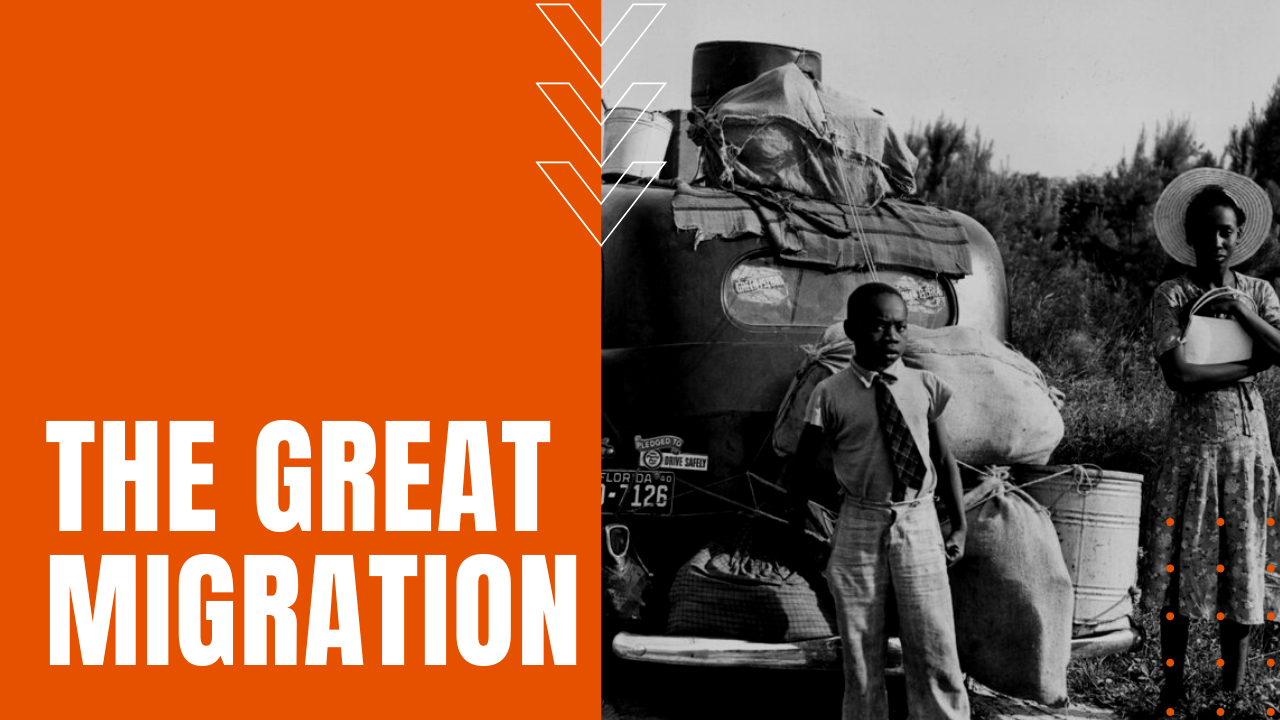The Great Migration

What is The Great Migration?
Made freedmen by the North’s victory in the Civil War, the subsequent Black Codes of the Jim Crow South left African Americans sharecroppers with little financial opportunity, made worse by a boll weevil infestation, which dramatically reduced crop yields in the 1890s and early 1900s.
To add to their misery, despite the dissolution of the Ku Klux Klan in 1869, racist southerners continued their attacks on Blacks, setting the stage for The Great Migration of Southern Blacks into the industrialized cities of the American North, Midwest and Western states.
While conditions for Southern Blacks seemed dire enough on these conditions alone, when World War One broke out in 1914 Europe, industrialized cities in the United States witnessed an end to the steady arrival of European immigrants, all at a time when war production demands were at their peak. To the dismay of white Southern racists, corporate recruiters ran ads in Southern newspapers, touting vast opportunities for African Americans, sparking a migration wave that would see a million Blacks migrate out of the South by the end of 1919.
When did The Great Migration Start?
Traveling by trains, boats, busses and cars—even the occasional horse-drawn cart—from 1910 to 1920, Black populations in major Northern and Midwestern cities rose precipitously, including a 66% rise in New York City, 148% in Chicago, 500% in Philadelphia and a whopping 611% in Detroit.
Many found work from factories to foundries, and while conditions were frequently backbreaking and dangerous, opportunities were plentiful and financially rewarding. When American Doughboys returned home at war’s end in November and December of 1918, competition for jobs and housing sparked some of the worst interracial tension in U.S. history at the time, leading to an anxious wave of race riots that culminated in the Chicago Race Riot of 1919, which raged for thirteen long days, leaving 38 dead, 537 injured and 1,000 Black families homeless.
As a result, many all-Black communities arose in major U.S. cities, leading to such high-water movements as the Harlem Renaissance, as well as the rise of Black political activism and the Civil Rights Movement of the 1950s and 60s. By the Great Migration’s end in 1970, six million African Americans had migrated out of the South, forever recasting the social fabric of most major American cities.
